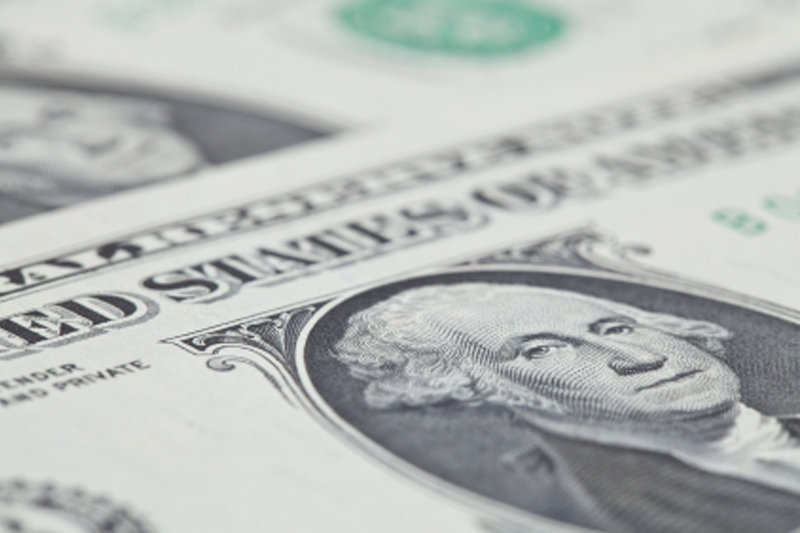IREN proposes $875 million convertible notes offering due 2031
Investing.com - The U.S. dollar fell sharply after the announcement of sweeping tariffs on U.S. imposts by U.S. President Donald Trump, but Standard Chartered (LON:STAN) expected fiscal stimulus to drive renewed strength over time.
The U.S. dollar plunged nearly 2% to a six-month low on Thursday, its worst day since November 2022, after Trump announced a universal 10% tariff on all imports, alongside steep country-specific levies, reaching up to 54% on Chinese goods.
“We had expected a tough U.S. tariff stance because of revenue needs, but the U.S. administration surprised us and the market with the harshness of the tariffs,” said analysts at Standard Chartered, in a note dated April 4.
The U.S. currency has experienced one of its sharpest day/day sell-offs in the last 15 years, the U.K bank said, and importantly it is one of the few sharp dollar sell-offs that occurred when equity markets were selling off rather than booming.
Even during the 2008-09 financial crisis that originated in the U.S., the greenback behaved as a safe haven and rallied when risk was selling off.
“This time looks different so far,” Standard Chartered added.
“One possible explanation for the lack of safe-haven demand for USD is that there seemed to be a limited need for added USD liquidity,” the U.K. bank said. “There was little visible panic need for dollar funding from the private and public sectors outside the U.S.”
Our baseline view is that the U.S. dollar rises as the second quarter progresses, the bank said.
“The market reaction has certainly raised some questions, but we expect the fiscal bill to add net stimulus, provide a cyclical boost to the economy, and lead to higher rates and a stronger USD,” Standard Chartered added..
